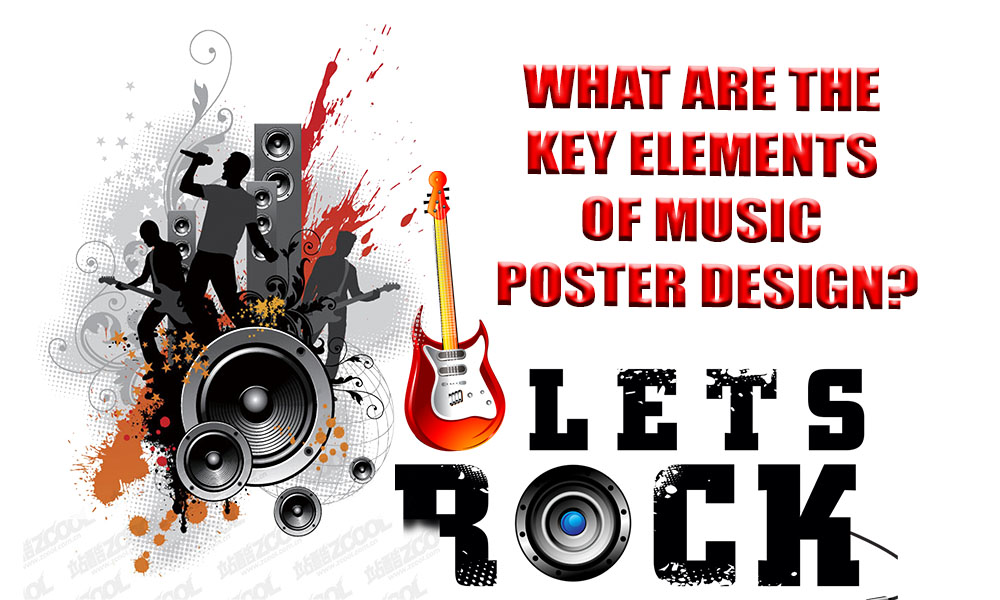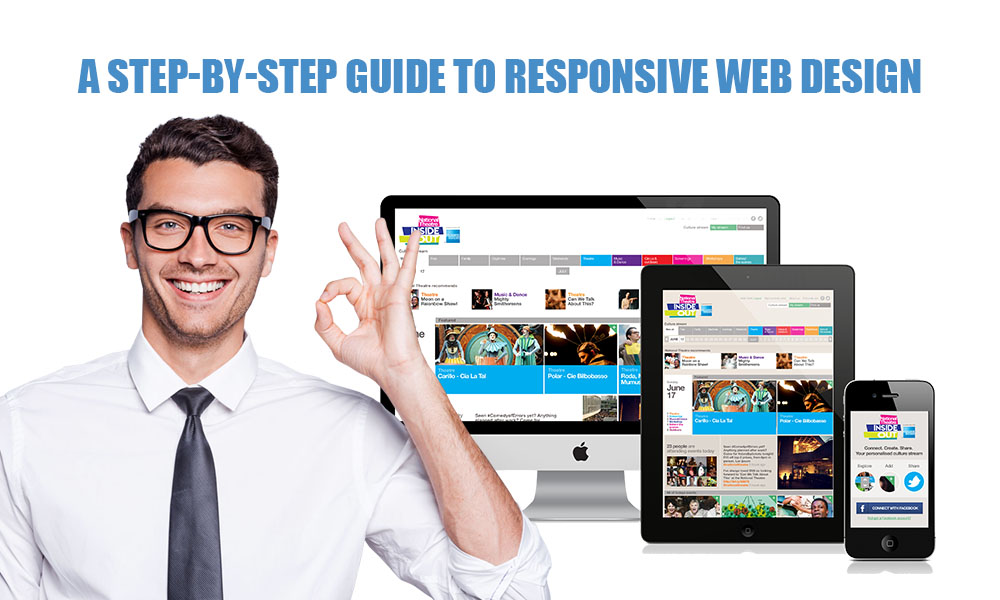Character illustration is a dynamic, expressive, and boundlessly inventive domain of the visual arts that animates stories, games, animations, advertisements, and beyond. Character illustration, ranging from fanciful cartoons to lifelike portraits, encapsulates the essence of a persona and often narrates a tale without uttering a word. As an aspiring artist or merely a curious observer, delving into this realm uncovers the significant amount of thought, technique, and creativity that goes into crafting engaging characters.
The Essence of Character Illustration
Character illustration fundamentally revolves around visual storytelling. Illustrators design characters that embody emotions, personality, and story elements while also being visually attractive. Whether they are heroes, villains, fantastical creatures, or ordinary individuals, these characters serve a purpose in their respective worlds.
Character illustration, in contrast to general drawing or painting, places a significant emphasis on consistency and believability. No matter if it’s a single poster or an animated series, the character needs to appear “alive” and retain their identity through various poses, scenes, and expressions.
Origins and Development
The practice of character illustration dates back to ancient civilizations. Human and mythological figures were stylized in Egyptian hieroglyphs, Greek pottery, and medieval tapestries. Nevertheless, the contemporary version started to thrive with the advent of comics and animated movies in the 20th century. Characters such as Mickey Mouse, Superman, and later anime icons like Goku and Naruto illustrate how character design can surpass different media to become cultural symbols.
The field was even further transformed by the digital age. The emergence of digital drawing tools has given illustrators an unparalleled level of flexibility in designing, refining, and animating characters. Today, character illustrators play a vital role in various industries, including publishing, gaming, advertising, and UX design.
The Creative Procedure
A character isn’t just drawn as a figure; it is also crafted into a full personality and visual identity. Here’s a detailed explanation of the usual procedure:
Idea and Investigation
Every excellent character starts with a concept. This could originate from a script, game narrative, book, or brand identity. The illustrator investigates similar characters, historical styles, and psychological traits to comprehend which visual elements can convey the desired qualities.
A courageous fighter, for instance, may exhibit a bold posture, armor with sharp angular features, and scars that narrate tales of former skirmishes. Soft, rounded shapes, oversized eyes, and dynamic, exaggerated poses might characterize a mischievous elf.
Silhouetten und Skizzieren
In character design, silhouettes serve as potent instruments. They assist in determining the character’s overall shape and distinctiveness. An effective silhouette should allow for character recognition even in the absence of details.
Then, artists create sketches of various iterations, experimenting with poses, clothing, facial characteristics, and props until they find the ideal equilibrium between style and individuality.
3. Ausarbeitung und Konturarbeit
After selecting a sketch, the artist produces cleaner line art. This is the point at which exactitude is crucial: delineating outlines, modifying dimensions, and prepping the character for hue and finish.
Coloration and Surface Structure
Colors are crucial in establishing mood and identity. A villain might don dark, intense colors, whereas a hero could wear bright or complementary hues to ensure visibility. Texture contributes to realism or stylistic flair — ranging from rough, hand-drawn textures to smooth digital gradients.
- Schlusspräsentation
A completed character can be posed in a dynamic way, shown with expression sheets, or even animated. Character sheets are commonly utilized in professional contexts to display different expressions, outfits, and angles. Tools of the Trade Today, character illustration combines traditional techniques with digital tools. Among the widely used tools are: Traditional Media: Tools such as pencils, inks, watercolors, and markers continue to be utilized, particularly for concept sketches or stylized art. Digital Software: Adobe Photoshop, Clip Studio Paint, Procreate, and Corel Painter are popular choices for digital character design. 3D Software: Tools like Blender, ZBrush, and Maya assist artists in visualizing characters in three dimensions, which is beneficial for games and animation. With their intuitive interfaces, tablets such as Wacom and iPads using Apple Pencils merge the sensation of hand drawing with the adaptability of digital media. - Genres and Styles
Character illustration includes a variety of styles. Some remarkable ones are: Cartoon/Comic Style: Characterized by bold outlines, exaggerated characteristics, and dynamic poses — ideal for humor and children’s media. Anime/Manga: A unique Japanese style marked by oversized eyes, simplified anatomy, and dynamic movement. Realistic: Very detailed and anatomically precise — typical in concept art and portraits. Fantasy and Sci-Fi: Typically features imaginative races, beings, outfits, and equipment. Minimalist/Abstract: Stylized representations, commonly found in editorial illustrations or branding. Every style has its own purpose, mirroring the project’s tone and audience. - Challenges that Character Illustrators Encounter
Character illustrators encounter a number of distinctive challenges: Consistency: It is crucial to keep the same appearance and proportions across various drawings, particularly in animations or comics. Expression and Emotion: There is a fine line between making a character expressive and going overboard. Cultural Sensitivity: Creating characters that honor and accurately represent real-world cultures. Client Expectations: When working with art directors, writers, or clients, it is often necessary to be adaptable and willing to compromise. Job Prospects The need for character illustrators is on the rise, particularly in sectors such as: Leisure: Movies, animations, and computer games. Publishing: Illustrations in books, particularly within children’s literature. - Advertising: Brand personas and mascots.
Comics and Webtoons: Creation of independent and serialized content. Freelancing: Numerous illustrators operate on an independent basis, producing character art for personal commissions, tabletop games, and YouTube channels. Establishing a solid portfolio, showcasing work on sites such as ArtStation, Behance, or Instagram, and connecting with artist communities are essential for development. Final Thoughts Character illustration encompasses more than just rendering faces; it involves breathing life into concepts, feelings, and narratives. This ability merges technical expertise with profound creativity. No matter if you’re sketching for pleasure or developing a career in illustration, the path of character illustration is filled with countless chances to advance your skills as both an artist and a storyteller. The next time you encounter a character in a game, comic, or show that sparks your imagination, take a moment to acknowledge the artist who created it.




